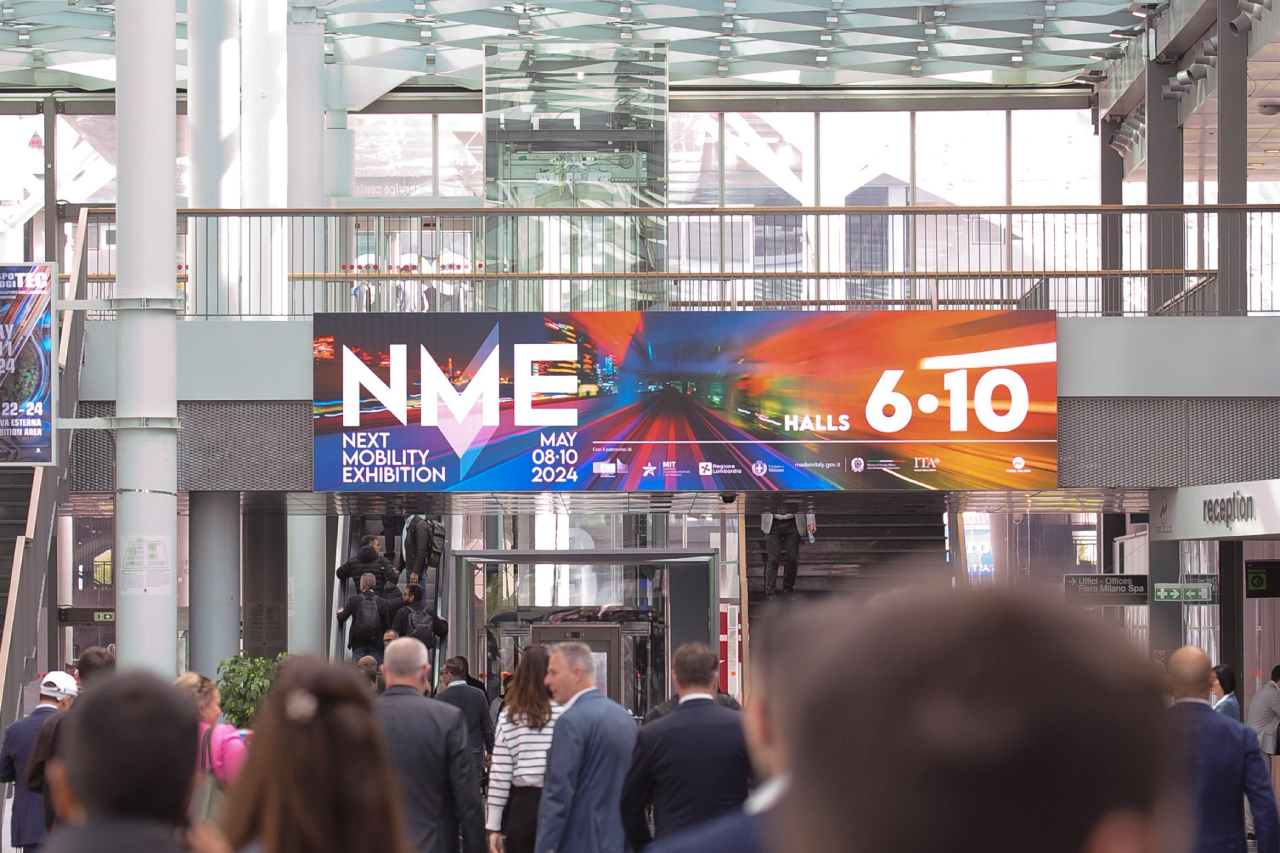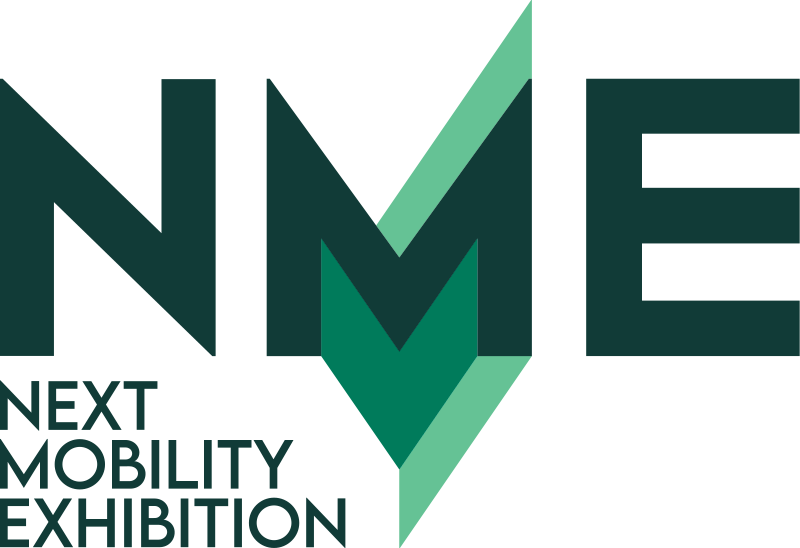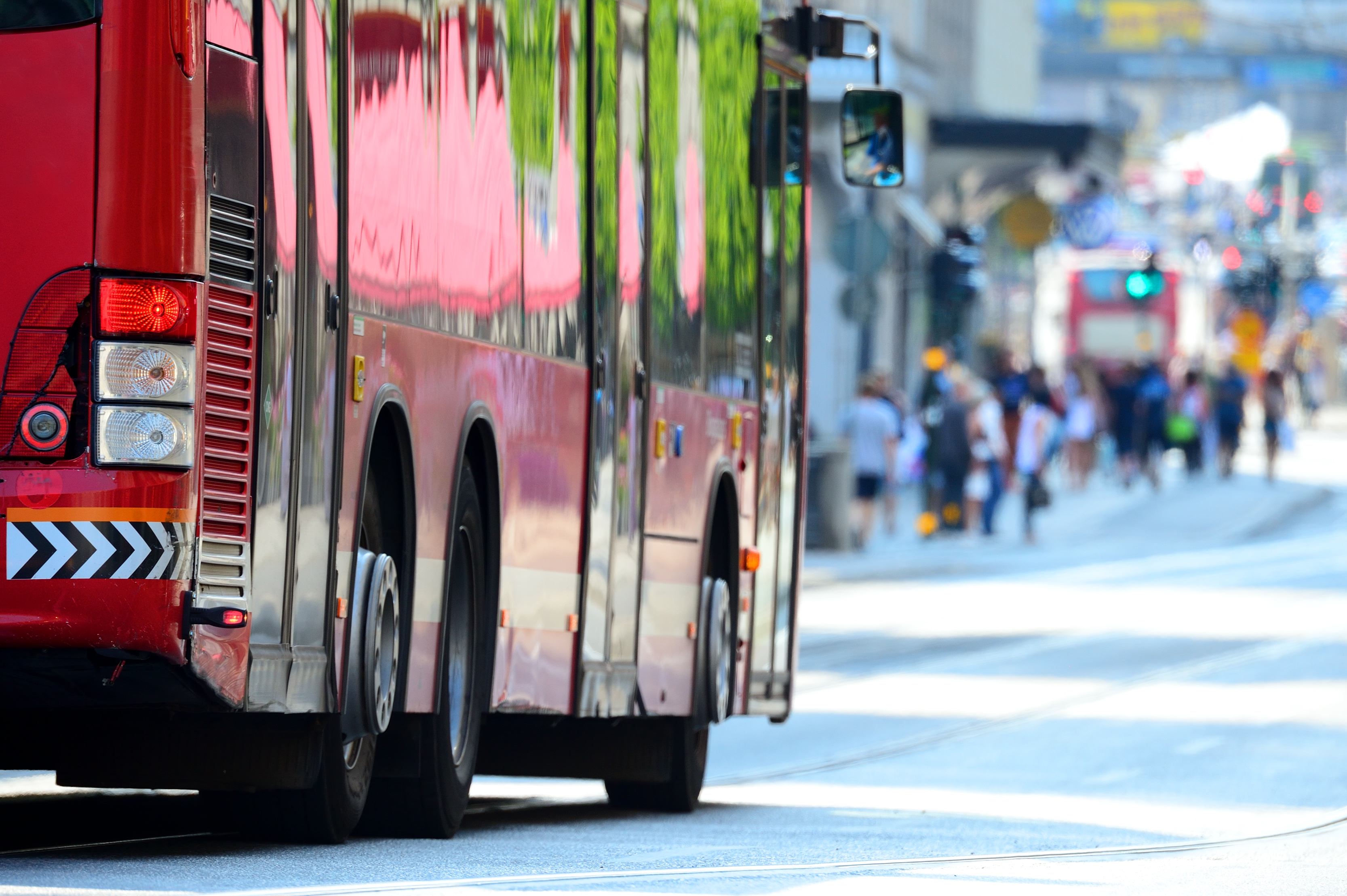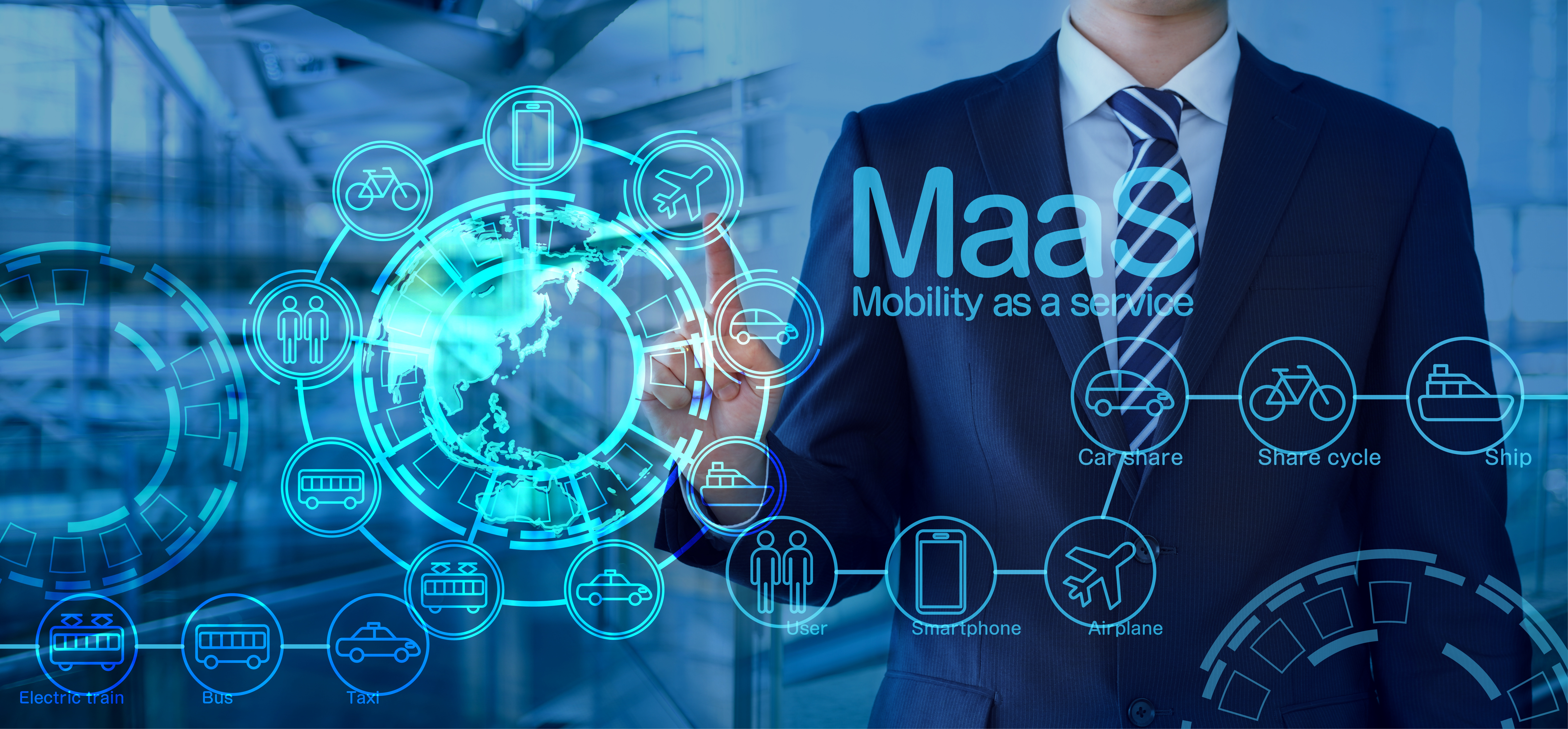How does LPT face the challenges of the future? During the second edition of the NME-Next Mobility Exhibition, a study by Pierluigi Coppola, Professor of Transport Planning at Milan Polytechnic, was presented on future scenarios for the sector. The target set by the PNIEC (National Integrated Energy and Climate Plan) of a 10% shift from individual to collective mobility seems unattainable at present: LPT would have to increase by 10 billion passenger-kilometres (i.e. +25% in terms of traffic volume) to reach the target. The sector has also suffered from the effects of the pandemic, which has led to a structural reduction in demand for public transport and consequently in company revenues. Between 2020 and 2022, LPT suffered losses of €4.7 billion (partly offset by government subsidies), creating a deficit of €1.7 billion.
Companies also had to cope with the inflation of energy sources: the price of natural gas for cars peaked at +170%, while electricity rose by +80%. The study therefore estimates an increase in traction costs of €550 million per year and considers two scenarios: an optimistic one, in which companies achieve 70% fleet renewal by switching to electric vehicles, and a pessimistic one, in which the percentage remains at 20%. Finally, Professor Coppola's study suggests various solutions and scenarios. In particular, it proposes increasing the resources allocated to Italy’s National Transport Fund to ensure high quality public transport. There is a risk that a reduction in supply could discourage demand for public mobility, moving the country away from its goals of environmental sustainability and economic growth. There is also a need to invest in the development of new skills to manage new infrastructure and services, and to adopt innovative approaches to encourage behavioural change and a shift towards more sustainable modes of transport.





